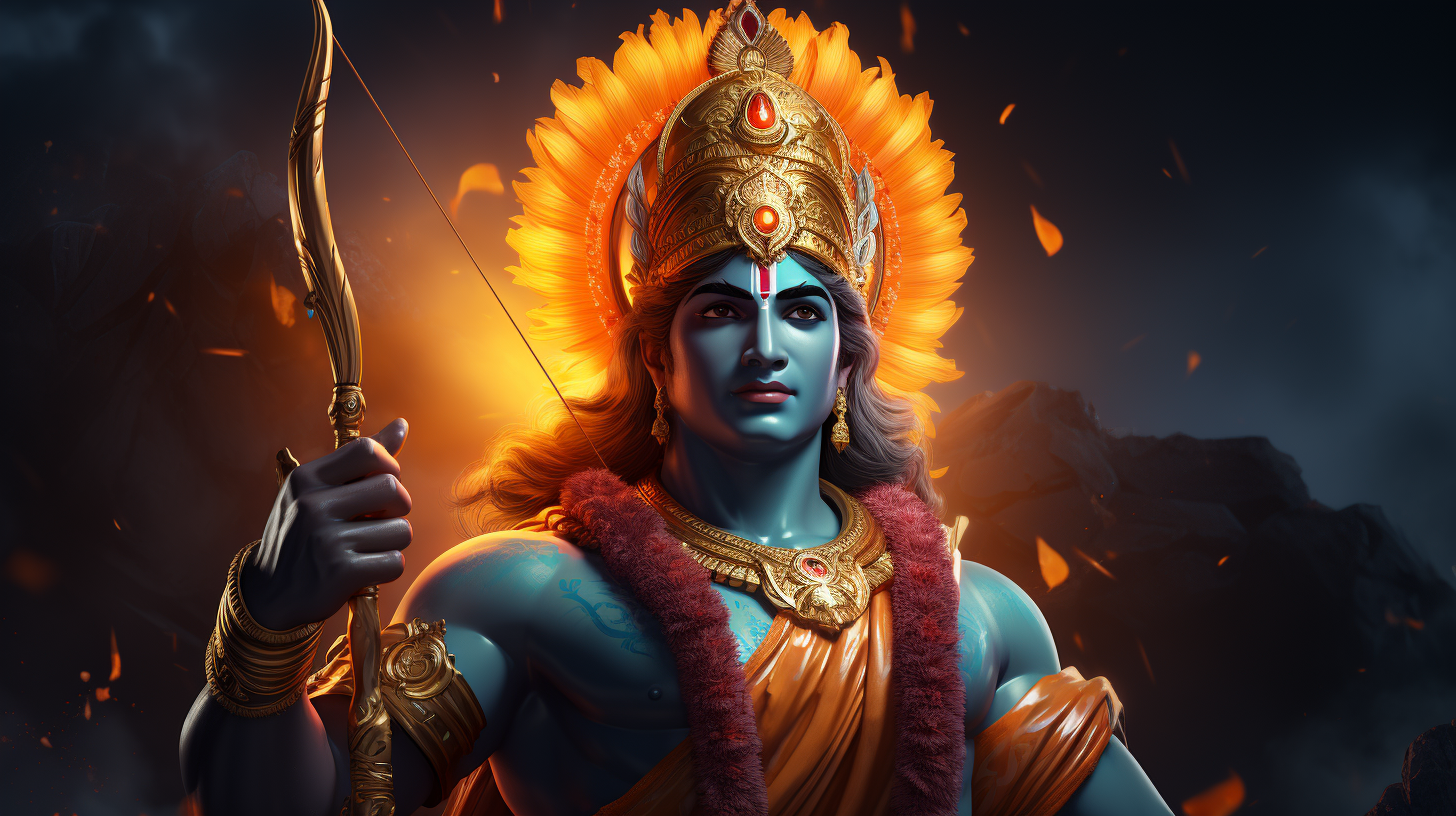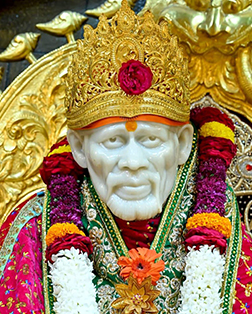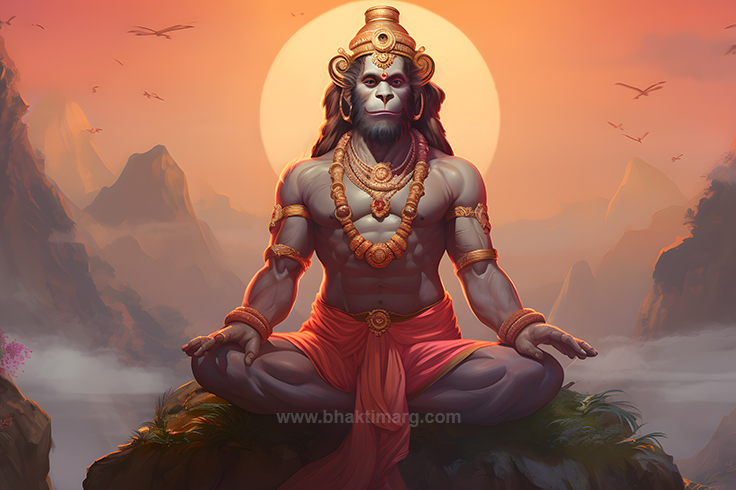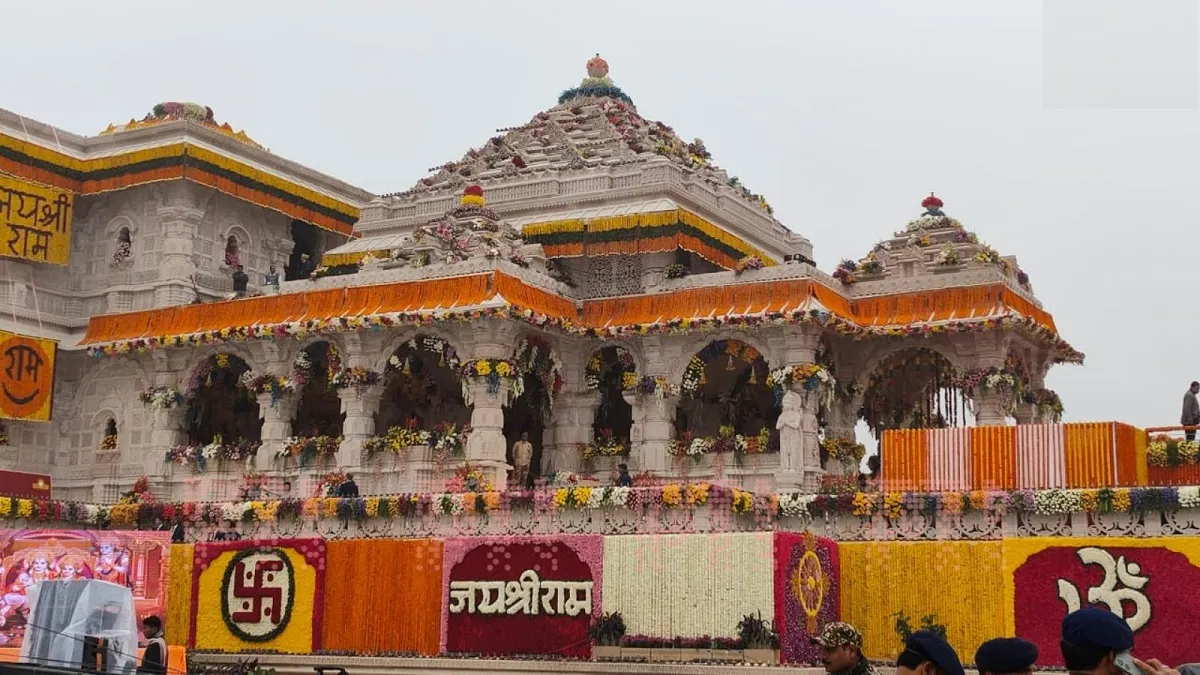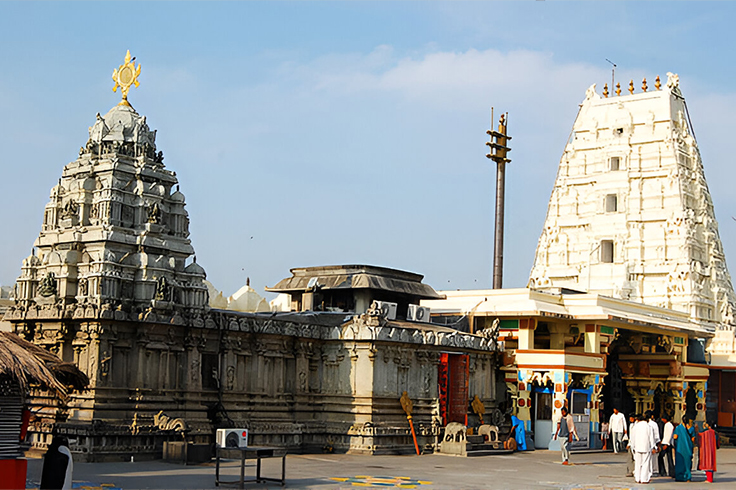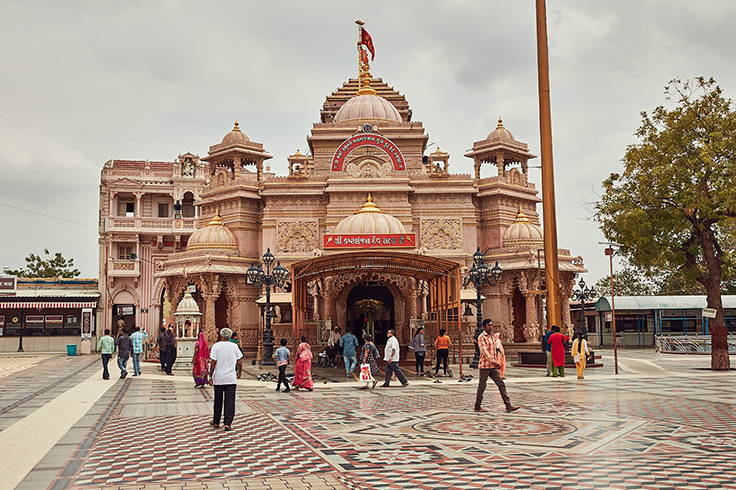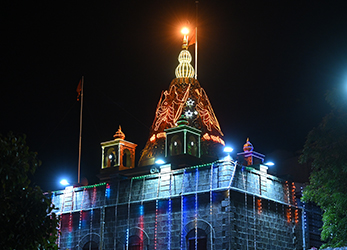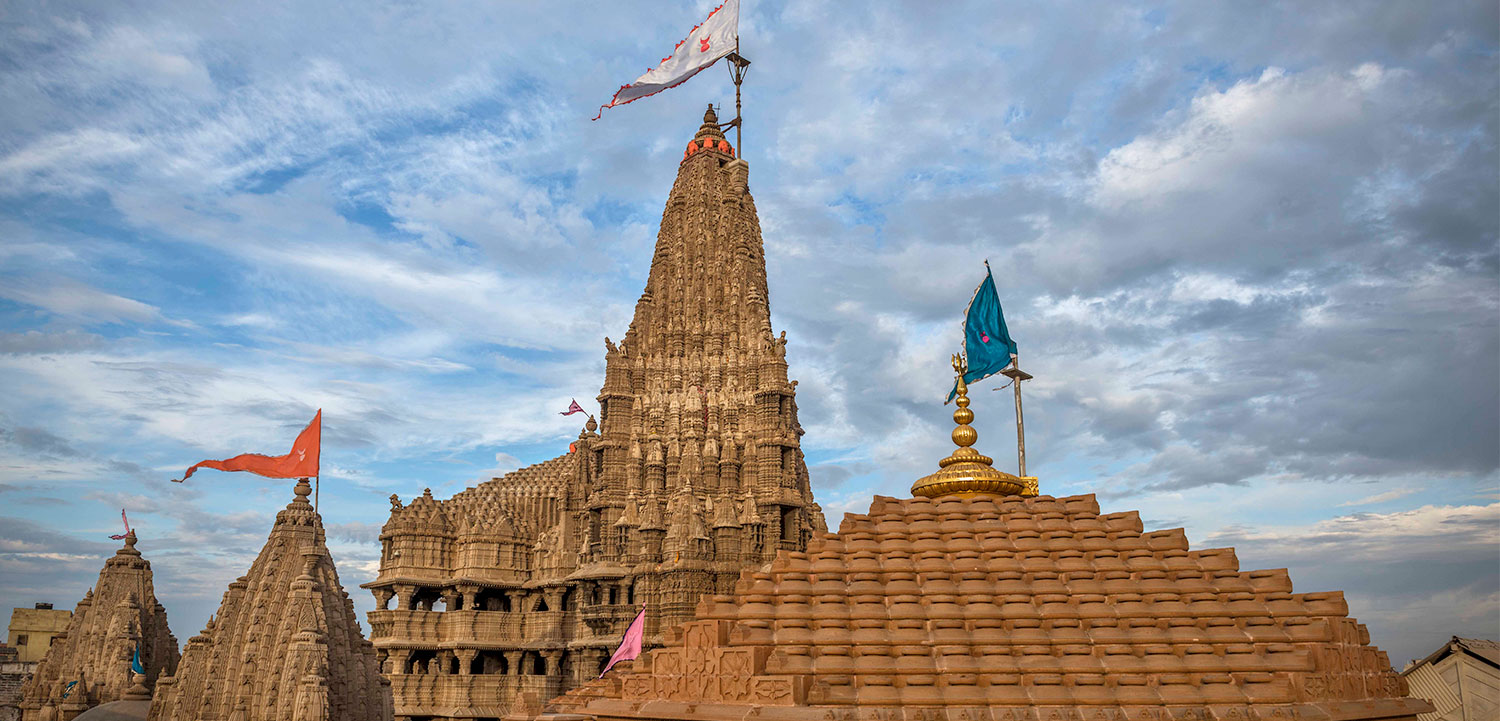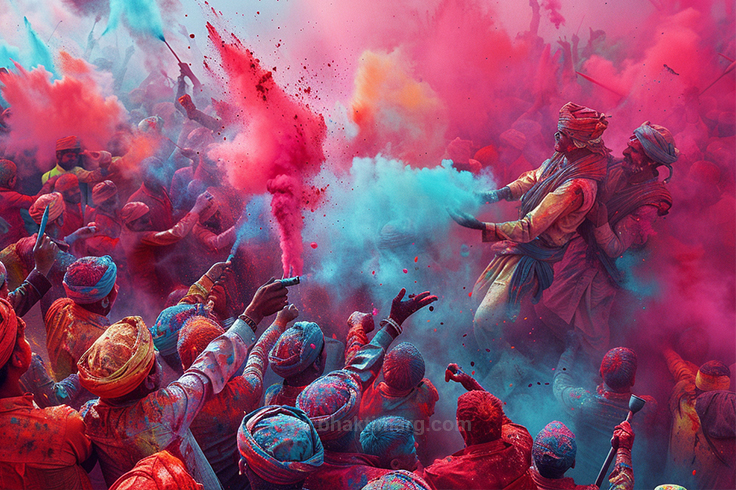
Legends of Holi: Mythological Tales Behind the Festival of Colors
The word Holi is now associated with color and celebration symbolizing the victory of good and righteousness over evil also marking the arrival of spring. It is a prominent Hindu festival celebrated with much fervor across India and other parts of the world with modern ideas and beliefs seeping in. Yet the Holi festival story is deeply rooted in the legends that are prominent in Hindu culture and hold deep symbolism to culture, traditions, and beliefs.
The Holi celebration is not merely an event but rather has a significant backdrop to the celebration imparting valuable morals and cultural lessons. Linking the zealous celebration to Krishna bhagwan places like Vrindavan and Barsana celebrate Holi with great prompt. Yet there are multilayered stories connecting even the gods with them, but let’s explore the most known and some unknown in Holi 2024 through this blog.
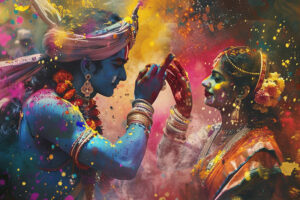
Exploring Legends Of Holi Followed in India
The celebration of Holi 2024 date is on the 25th of March the festival with so much importance even today is said to have a history of ages behind it. The legends that are highlighted through Bhakti Marg followed by devotees that lead even the Gods to be a part of these stories.
- The most famous reason for this celebration is the Holika and Prahlad story, this incident is said to have established the importance and victory of truth and righteousness, defeating the bad and evil that exists. Texts mention the Holika story is linked with Demon King Hiranyakashipu whose son Prahlad was a devout follower of Lord Vishnu. When all were praising Hiranyakashipu his own son’s defiance angered him and in an attempt to kill Prahlad after many failed plans he sought assistance from his sister Holika. As Holika had a boon she would not be harmed by the fire taking young Prahlad she sat in a pyre of woods, yet with Shri Vishnu’s grace he was saved and Holika was burned to ashes. This is the Holika Dahan Story that led to the tradition of burning Holi where a representation of evil is burned and new beginnings are invited
- Another tradition is loud shouting while burning Holika this is related to a legend of Holi followed through some stories recited in rural areas. It is said that there was a demoness Dhundi who was invincible to Gods and adults but vulnerable to pranks and the innocence of children. As the demoness started troubling the people of the village the kids with their mischievous behavior and long noises drove her out. This incident is a part of the Holi festival story that led to the practice of shouting loudly after burning the Holi to drive evil out of our lives, also encouraging the carefree, mischievous, and prankful Holi celebration
- The most famous Legend of Holi is related to Lord Shree Krishna and Radha Rani, according to texts Krishna bhagwan was dark-skinned and was called out for the same. With innocence, he would ask his mother whether Radha would scorn him for being dark, and playfully his mother would suggest that one day you color her the same as you. Taking this advice to heart Krishna applied Radha with colors initiating their eternal love and this became one of the Holi festival stories people started reenacting the playful color charades as a resemblance of the love play between Radha Krishna.
- Another Holi festival story is said to be when Lord Shiva burned Kaamadeva. According to the text after the death of goddess Sati, Shiv bhagwan went into deep meditation, and after the arrival of Parvati the incarnation of Goddess Sati in fear of his detachment the Devas planned to strike him with Kaamdeva’s arrow to awaken his desires hoping he marries Parvati and restore the worldly balance. But in his anger of being distracted, Shiva burned Kaamdev and revived him realizing his good intention. So the burning of Holi is considered a representation of the sacrifice for the greater good and the restoration of cosmic balance
- There is another interesting linkage between the Holika Dahan story and the descent of the river Ganga to Earth. It is believed that the fire burned young Prahlad was cooled down by the waters of the Ganga which had been brought to Earth by King Bhagirath. This convergence of fire and water symbolizes the balance between the elements and the purifying powers of devotion and nature. So while playing Holi the next day of Holika Dahan people use water along with colors
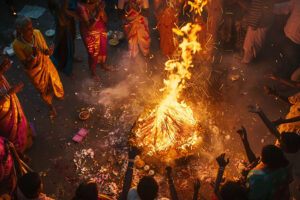
Significance of Holi Festival Stories to the Celebration
Holi is a rich tapestry of legends and beliefs yet all of them have amalgamated into a beautiful celebration. Be it the devotion of Prahlad portraying the victory of good over evil in the Holika story, or the victory of innocence over the tyranny of Dhundi demoness, in many places, Holi is celebrated with burning the fire indicating of the burning of all the bad, old and evil to welcome the newness in life.
Then with the idol of Lord Shree Krishna the celebration of colorful Holi through the north of India is played, representing the love and affection of the lord towards Radha Rani. One Holi Festival story of Krishna bhagwan and Radha Rani is enacted as Lathmaar, this is a recreation of the event where the lord would chase Gopis and Radha to color them.
Holi just like any other festival has deep significance the use of water, color, and burning fire each represents the end of evil and the celebration of devotion, love, newness, and goodness. It encapsulates the core aspects of Hindu philosophy and culture making it a vibrant and meaningful celebration. With changing times the celebration has taken a modern turn by inculcating today’s values in the Holi 2024 people have started thinking of the essence of more than just celebrating.




